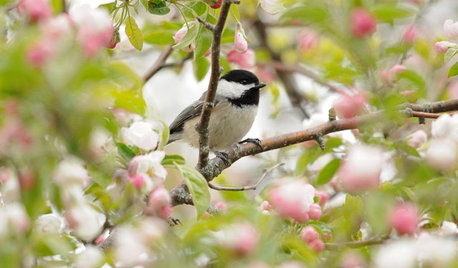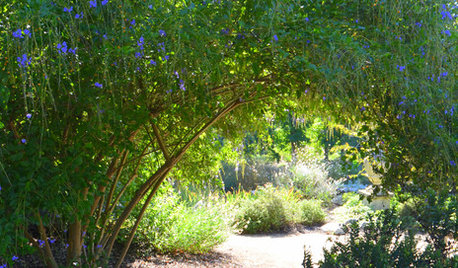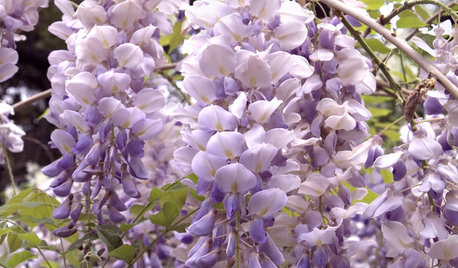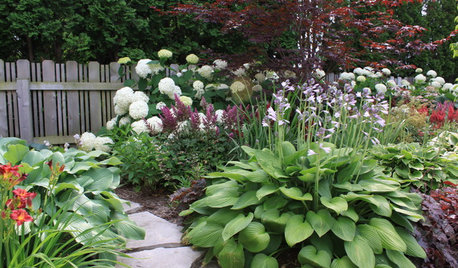Spring Pruning
mrsg47
11 years ago
Related Stories

GARDENING GUIDESHow to Prune Your Flowering Shrubs for the Best Blooms
Less is often more when it comes to properly pruning flowering shrubs. Here’s what to do and why
Full Story
WINTER GARDENINGPruning Secrets for Exquisite Roses
Encourage gorgeous blooms year after year with this time-tested advice on how to prune your rosebush in winter for health and shape
Full Story
GARDENING GUIDESGot Frost-Damaged Plants? How It Happens, and When and How to Prune
Crispy brown leaves are a sure sign that Jack Frost has been to your neighborhood
Full Story
SPRING GARDENINGSpring Gardens Are Waking — Here’s What to Do in March
Excitement fills the air when gardens come back to life. These guides will help you make the most of yours
Full Story
GARDENING GUIDESSpring Citrus Care Reaps Months of Sweet Rewards
Learn how to tend citrus trees in spring and ways to preserve their delicious fruit
Full Story
FLOWERS AND PLANTSHeat-Loving Duranta Erecta Blooms From Spring Into Early Fall
Golden dewdrops, a versatile tropical shrub, has delicate purple and white blossoms
Full Story
SPRING GARDENINGSpring Planting: Wonderful Wisteria
Classic Vines Add Fragrance, Color and Romance to Garden Designs
Full Story
SPRING GARDENING7 Spectacular and Practical Spring-Flowering Trees
Put on a beauteous show in the garden with a landscape tree awash in flowers — just do your homework first
Full Story
GARDENING GUIDESWhat Are Your Spring Gardening Plans?
Tearing out the lawn? Planting edibles? Starting from scratch? Tell us what you plan to change in your garden this year
Full Story
MOST POPULARSpring Gardens Are Blooming — Here’s What to Do in April
Get the guide you need for gardening in your U.S. region, with tasks, climate-appropriate plantings and more
Full Story








greenorchardmom
mrsg47Original Author
Related Professionals
Fillmore Landscape Architects & Landscape Designers · Lowell Landscape Architects & Landscape Designers · Mitchellville Landscape Architects & Landscape Designers · Severn Landscape Architects & Landscape Designers · Alexandria Landscape Contractors · Allentown Landscape Contractors · Berwyn Landscape Contractors · Burlington Landscape Contractors · Cary Landscape Contractors · Clark Landscape Contractors · El Segundo Landscape Contractors · Farmington Landscape Contractors · Longview Landscape Contractors · Newnan Landscape Contractors · North Chicago Landscape Contractorsalan haigh
canadianplant
mamuang_gw
mrsg47Original Author
greenorchardmom
greenorchardmom
mrsg47Original Author
alan haigh
mamuang_gw
alan haigh
greenorchardmom
mamuang_gw
alan haigh